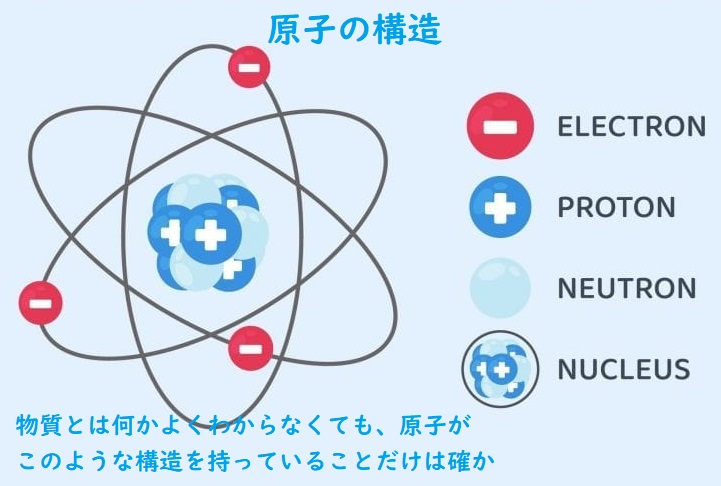
恐らく、『論考』の哲学における基本的な学説は、命題(と)はその命題が主張する事実の画像(picture 写し絵)であるという説(注:模写説)であろう。地図は(何らかの)情報を -それが正しいにせよ正しくないにせよ- 伝える。そうして、情報が正しい場合には、それは地図とその地図が該当する地域との間に、構造上の類似性があるためである。同じことが、事実を言語で主張することについてもあてはまるとウィトゲンシュタインは考えた(注:the same is true of ~;~についてもそれは同様である)。たとえば、彼は、a が b に対して R という関係をもつという事実を表すために、aRb という記号を用いるとき、この記号がその事実を表現しうるのは、その記号が a という文字と、b という文字との間に a という物と b という物との間の関係を表現するような,ひとつの関係を確立しているからである、と言った。この説は構造の重要性の強調をともなった。たとえば、彼はこう言う。「蓄音機のレコード、楽想(musical thought 音楽思想)、楽譜、音波は全て、相互に、言語と世界との間に成り立つのと同じような絵画的な内面的な関係の中に立っている。論理的構造はそれら全て共通である」。 「物語の中の二人の青年や彼らの二匹の馬や彼らの百合のごとく、それらは全てある意味で一つのもの(一体)である)」(『論考』4.014)
Chapter 10 The Impact of Wittgenstein, n.6 Perhaps the basic doctrine in the philosophy of the Tractatus is that a proposition is a picture of the facts which it asserts. A map clearly conveys information, correct or incorrect; and when the information is correct, this is because there is a similarity of structure between the map and the region concerned. Wittgenstein held that the same is true of the linguistic assertions of a fact. He said, for example, that, if you use the symbol ‘aRb’ to represent the fact that a has the relation R to b, your symbol is able to do so because it establishes a relation between ‘a’ and ‘b’ which represents the relation between a and b. This doctrine went with an emphasis upon the importance of structure. He says, for example, ‘The gramophone record, the musical thought, the score, the waves of sound, all stand to one another in that pictorial internal relation, which holds between language and the world. To all of them the logical structure is common.’ ‘(Like the two youths, their two horses and their lilies in the story. They are all in a certain sense one.)’ (Tractaius 4.014.)
Source: My Philosophical Development, chap.108:1959.
More info.:https://russell-j.com/beginner/BR_MPD_10-060.HTM
